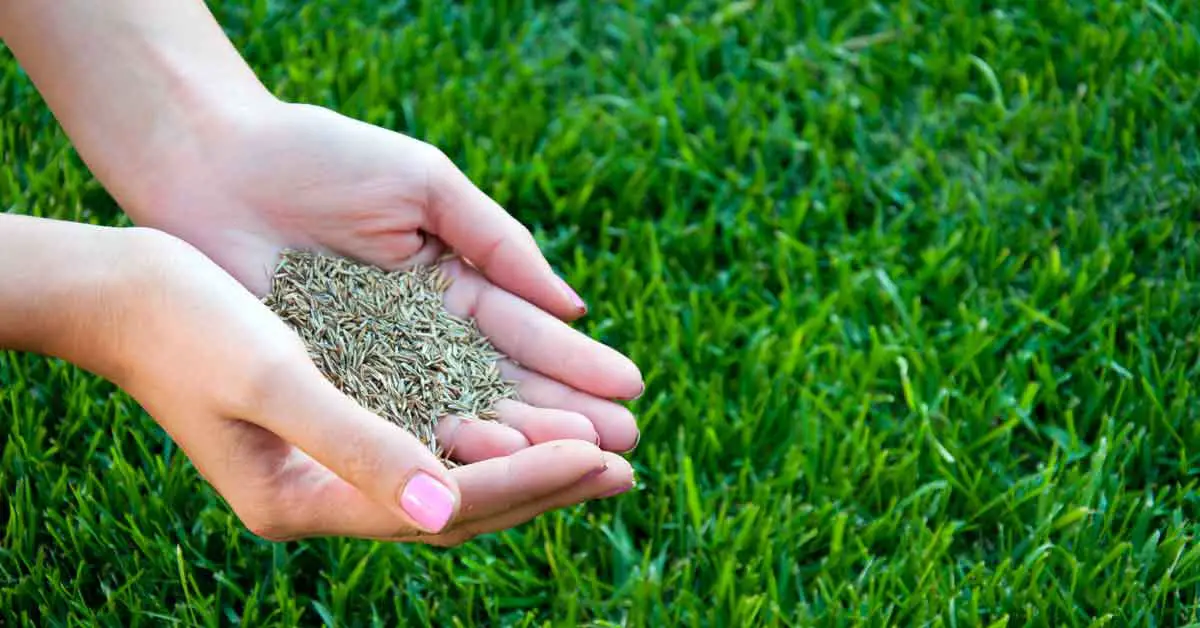Introduction
Ah, the joys of owning a verdant lawn! A lush, green carpet of Bermuda grass—nothing beats the sight, right? Well, let’s get you there. If you’ve ever wondered, “How do I plant Bermuda grass from seed?”, this article is just for you. We’ve got a wealth of expertise to share and a bucketful of tips that’ll have you sporting a green thumb in no time. So, pull up a chair, grab a cup of coffee (or perhaps a lemonade, if you prefer), and let’s get cracking!
Understanding Bermuda Grass
Before we get down to the nitty-gritty of how to plant Bermuda grass from seed, let’s take a moment to understand what makes this grass so special.
What is Bermuda Grass?
Bermuda grass, scientifically known as Cynodon dactylon, is a popular choice for lawns, golf courses, sports fields, and pastures, particularly in warm, tropical regions. Why, you ask? Well, this hardy grass species can tolerate heat, drought, salt, and heavy foot traffic, making it a robust, all-round grass variety.
Why Choose Bermuda Grass?
Besides its resilience, Bermuda grass boasts a fast growth rate, quickly filling in bare patches and choking out pesky weeds. The result? A dense, uniform, and attractive lawn that’s as pleasing to the eyes as it is underfoot.
Getting Started: Preparing for Planting Bermuda Grass
When is the Best Time to Plant Bermuda Grass?
Bermuda grass is a warm-season grass, meaning it thrives in temperatures between 75 and 99 degrees Fahrenheit. As such, the optimal time for planting Bermuda grass seeds is late spring to early summer.
Selecting the Right Bermuda Grass Seed
When you’re shopping for Bermuda grass seed, look for a high-quality seed with a high germination rate. Some recommended varieties include ‘Princess 77’, ‘Yukon’, and ‘Riviera’. They’re known for their excellent color, density, and resistance to disease and pests.
Soil Preparation
A successful planting starts with thorough soil preparation. First, test the soil pH to ensure it’s in the optimal range for Bermuda grass—between 6.0 and 7.0. You can purchase a soil testing kit from your local garden store or have a sample tested by your local cooperative extension service.
If the pH is too high or too low, adjust it by adding lime (to raise pH) or sulfur (to lower pH). Also, clear the planting area of debris and weeds, then till the soil to a depth of 4-6 inches to loosen it.
How to Plant Bermuda Grass from Seed
With your soil prepared, you’re all set to sow your Bermuda grass seeds. Don’t worry—it’s not rocket science, and we’ll guide you through each step.
Sowing the Seeds
Evenly spread half of your Bermuda grass seeds over the entire planting area. Then, spread the remaining seeds at a right angle to your first seeding. This ensures a uniform spread and prevents clumping.
Covering the Seeds
After seeding, lightly rake the area to cover the seeds with a thin layer of soil—about 1/8 to 1/4 inch deep. Don’t bury the seeds too deep, as they need light to germinate.
Watering and Fertilizing
Initially, water the seeded area lightly but frequently, keeping the top inch of soil consistently moist until the seeds germinate. Once the seedlings appear, you can reduce watering to once a week but increase the amount of water each time.
Aftercare: Taking Care of Your Bermuda Grass
Mowing
When your Bermuda grass reaches about 2 inches tall, it’s time for its first mow. Ensure your mower’s blades are sharp to prevent tearing and damaging the grass.
Feeding Your Lawn
Fertilize your lawn with a high-quality lawn fertilizer that’s high in nitrogen. The ideal ratio for Bermuda grass is 3-1-2 (Nitrogen-Phosphorus-Potassium).
Common Problems and Solutions
Weed Management
Bermuda grass, with its dense growth habit, is good at crowding out weeds. However, if you notice any, deal with them promptly using a suitable weed killer.
Dealing with Diseases
Bermuda grass is susceptible to certain diseases, such as leaf spot and dollar spot. You can control these with the use of fungicides and by maintaining a balanced fertilization program.
Frequently Asked Questions
How long does it take for Bermuda grass seed to germinate?
Bermuda grass seed typically germinates between 7 to 14 days, depending on the soil temperature and moisture levels.
How often should I water newly planted Bermuda grass seed?
Newly planted Bermuda grass seed should be watered lightly but frequently—2 to 3 times a day—keeping the top inch of soil consistently moist until the seeds germinate.
Conclusion
Planting Bermuda grass from seed can be a fun and rewarding project. With a little preparation, patience, and the right care, you can establish a beautiful, resilient Bermuda grass lawn that will be the envy of your neighborhood. Happy gardening!








